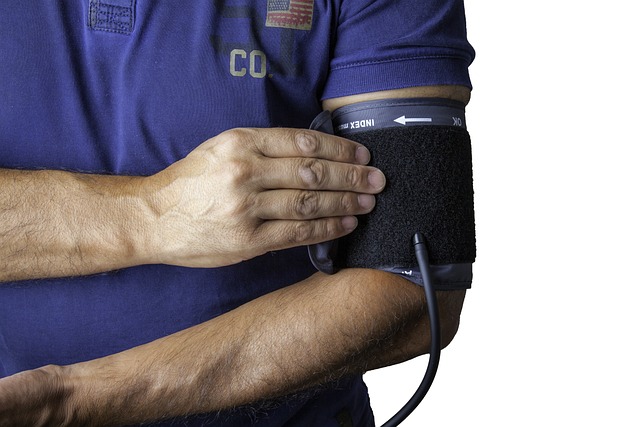Long-Term Outcomes of Stomach Rerouting Procedures: What Patients Should Expect
Stomach rerouting procedures are commonly used in bariatric care to produce durable weightloss and metabolic improvements. This short summary highlights typical long-term effects, common nutritional challenges, and the kinds of monitoring patients commonly need after surgery. It does not replace individualized medical guidance.

This article outlines long-term outcomes patients can reasonably expect after stomach rerouting procedures, focusing on physiological changes, typical complications, and ongoing management needs. Over months and years, many people experience meaningful weightloss and metabolic shifts, but those benefits come with persistent considerations around nutrition, surveillance, and lifestyle adaptation. Readers should understand the balance between effectiveness and potential for malabsorption, altered satiety, and procedural sequelae so they can discuss realistic expectations with their care team.
This article is for informational purposes only and should not be considered medical advice. Please consult a qualified healthcare professional for personalized guidance and treatment.
Bariatric effects on weightloss and metabolic change
Most patients see substantial early weightloss after rerouting procedures, driven by reduced caloric intake, hormonal shifts, and changes in nutrient handling. Beyond body mass changes, many experience improved glycemic control and other metabolic effects within months; these can lead to reduced need for diabetes medications in some individuals. Weight trajectories vary: the steepest loss is typically within the first 12–18 months, followed by a more gradual plateau. Long-term success often depends on adherence to dietary guidance, regular physical activity, and structured follow-up.
Nutritional risks: malabsorption and micronutrients
Anatomical rerouting can reduce absorption of specific macronutrients and micronutrients, creating risk for deficiencies if supplementation and monitoring are neglected. Common concerns include iron, vitamin B12, calcium, vitamin D, and other micronutrients. Malabsorption may require higher-dose supplements or periodic parenteral therapy in some cases. Regular blood testing and early coordination with a nutrition specialist help detect trends in laboratory markers before clinical symptoms develop, allowing targeted correction and reducing long-term complications like anemia or bone loss.
Postop care and rehabilitation expectations
Postop care spans immediate recovery through lifelong surveillance. Early rehab focuses on gradual activity increases and wound care, while longer-term rehabilitation includes guidance on exercise progression, behavioral strategies for eating, and management of comorbid conditions. Telemedicine can supplement in-person visits to monitor weight trends, review labs, and support adherence. Multidisciplinary teams—surgeons, dietitians, physiotherapists, and mental health professionals—improve continuity of care and help patients adapt safely to new routines.
Satiety, eating behavior and anastomosis changes
Altered satiety is a common effect: many patients report reduced appetite or feeling full more quickly. These sensations support weightloss but can also complicate adequate protein and micronutrient intake. Anatomical connections (anastomosis) created during surgery can produce specific long-term issues such as strictures, marginal ulcers, or dumping symptoms; these conditions often present with pain, reflux, or intolerance to certain foods. Endoscopy is frequently used to evaluate anastomosis-related problems and guide interventions when indicated.
Role of endoscopy and monitoring
Endoscopic surveillance is an important tool for evaluating symptoms and for diagnosing late complications related to the surgical anatomy. Indications for endoscopy include persistent vomiting, bleeding, unexplained abdominal pain, or concern for anastomotic problems. Routine monitoring also relies on serial laboratory testing to track nutritional markers and metabolic parameters. Structured follow-up protocols vary by center but are critical to detect issues early and to support long-term wellbeing.
Telemedicine for follow-up and long-term support
Telemedicine has become an established adjunct to in-person care for long-term follow-up. Remote visits can efficiently review symptoms, troubleshoot changes in medications, and adjust nutrition plans based on recent labs. Virtual behavioral counseling and group sessions may help sustain lifestyle changes that preserve weightloss and metabolic gains. However, telemedicine complements rather than fully replaces hands-on assessments such as physical exams or endoscopic procedures when they are clinically necessary.
Conclusion
Long-term outcomes after stomach rerouting procedures typically include significant weightloss and favorable metabolic changes for many patients, alongside ongoing requirements for nutritional monitoring, possible supplementation, and multidisciplinary follow-up. Understanding potential malabsorption issues, the role of endoscopy for anatomical concerns, and the benefits of rehab and telemedicine helps set realistic expectations. Individual results vary, and continued engagement with qualified healthcare professionals is essential for safe, durable outcomes.






